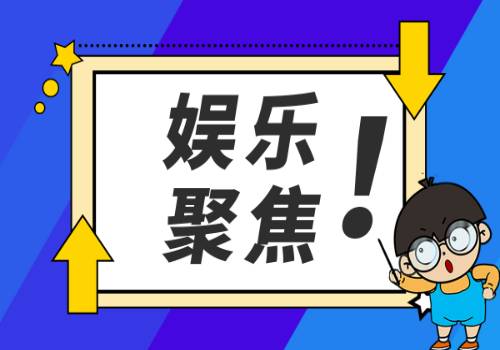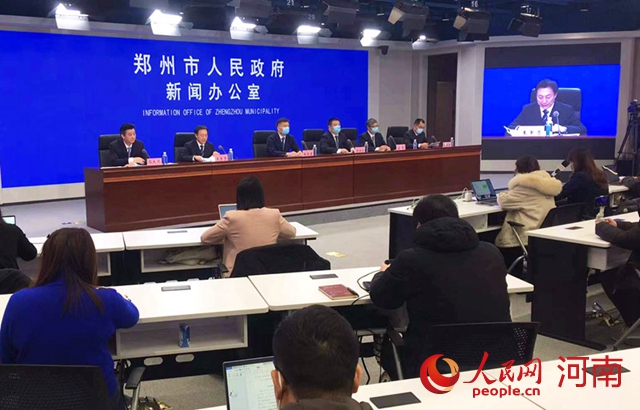 (相关资料图)
(相关资料图)
Examining the Problem of Bycatch
A topic of increasing relevance to the conservation of marine life is bycatch-fish and other animals that are unintentionally caught in the process of fishing for a targeted population of fish. Bycatch is a common occurrence in longline fishing, which utilizes a long heavy fishing line with baited hooks placed at intervals, and in trawling, which utilizes a fishing net (trawl) that is dragged along the ocean floor or through the mid-ocean waters. Few fisheries employ gear that can catch one species to the exclusion of all others. Dolphins, whales, and turtles are frequently captured in nets set for tunas and billfishes, and seabirds and turtles are caught in longline sets. Because bycatch often goes unreported, it is difficult to accurately estimate its extent. Available data indicate that discarded biomass (organic matter from living things) amounts to 25-30 percent of official catch, or about 30 million metric tons.
The bycatch problem is particularly acute when trawl nets with small mesh sizes (smaller-than-average holes in the net material) are dragged along the bottom of the ocean in pursuit of groundfish or shrimp. Because of the small mesh size of the shrimp trawl nets, most of the fishes captured are either juveniles (young), smaller than legal size limits, or undesirable small species. Even larger mesh sizes do not prevent bycatch because once the net begins to fill with fish or shrimp, small individuals caught subsequently are trapped without ever encountering the mesh. In any case, these incidental captures are unmarketable and are usually shoveled back over the side of the vessel dead or dying.
The bycatch problem is complicated economically and ecologically. Bycatch is a liability to shrimp fishers, clogging the nets and increasing fuel costs because of increased drag (resistance) on the vessel. Sorting the catch requires time, leading to spoilage of harvested shrimp and reduced time for fishing. Ecologically, high mortality rates among juvenile fishes could contribute to population declines of recreational and commercial species. Evidence to this effect exists for Gulf of Mexico red snapper and Atlantic Coast weakfish. Because the near-shore areas where shrimp concentrate are also important nursery grounds for many fish species, shrimp trawling could have a profound impact on stock size.
Once the dead or dying bycatch is returned to the ecosystem, it is consumed by predators, detritivores (organisms that eat dead plant and animal matter), and decomposers (organisms that break down dead or decaying organic matter), which could have a positive effect on sport fish, seabird, crab, and even shrimp populations. Available evidence indicates that 40-60 percent of the 30 metric tons of catch discarded annually by commercial fishing vessels, and even more of the noncatch waste (organisms killed but never brought to the surface), does not lie unused on the bottom of the sea. It becomes available to midwater and ocean-bottom scavengers, transferring material into their food web and making energy available to foragers (organisms that search for food) that is normally tied up in ocean-bottom, deep-ocean, midwater, and open-ocean species.
Overfishing and overdiscarding may thus contribute to a syndrome known as “fishing down of food webs,” whereby we eliminate apex (top) predators and large species while transforming the ocean into a simplified system increasingly dominated by microbes, jellyfish, ocean-bottom invertebrates, plankton, and planktivores. The strongest evidence for the fishing down phenomenon exists in global catch statistics that show alarming shifts in species composition from high-value, near-bottom species to lower-value, open-ocean species. In the last three decades of the twentieth century, the global fishing fleet doubled in size and technology advanced immeasurably. Despite increased effort and technology, total catch stabilized, but landing rates (rates at which species are caught) of the most valuable species fell by 25 percent.
Conservation organizations have condemned the obvious and extreme waste associated with bycatch. Public concern over high mortality rates of endangered marine turtles captured in shrimp trawls led to the development of turtle exclusion devices (TEDs) in the 1980s. TEDs were incorporated into the shrimp net design with the purpose of directing turtles out of nets without unacceptably reducing shrimp catches. Marine engineers and fishers also developed shrimp net designs that incorporate bycatch reduction devices (BRDs), taking advantage of behavioral differences between shrimp and fish, or between different fishes, in order to separate fishes.
1.A topic of increasing relevance to the conservation of marine life is bycatch-fish and other animals that are unintentionally caught in the process of fishing for a targeted population of fish. Bycatch is a common occurrence in longline fishing, which utilizes a long heavy fishing line with baited hooks placed at intervals, and in trawling, which utilizes a fishing net (trawl) that is dragged along the ocean floor or through the mid-ocean waters. Few fisheries employ gear that can catch one species to the exclusion of all others. Dolphins, whales, and turtles are frequently captured in nets set for tunas and billfishes, and seabirds and turtles are caught in longline sets. Because bycatch often goes unreported, it is difficult to accurately estimate its extent. Available data indicate that discarded biomass (organic matter from living things) amounts to 25-30 percent of official catch, or about 30 million metric tons.
上一篇:4月11日要闻提示_每日速讯
下一篇:最后一页
- 滚动:TF089-Examining the Problem of Bycatch
- 4月11日要闻提示_每日速讯
- 资讯:培训学校校区年度工作计划(6篇)
- 西甲-巴萨1-2遭爆冷仍11分领跑积分榜 莱万破门|环球微资讯
- 无障碍环境建设法草案二审:国家支持既有住宅加装电梯
- 世界滚动:中国驻旧金山总领馆提醒领区中国公民注意交通安全
- 每日信息:五一天气地图出炉:北方大部宜出行 南方降雨扰行程
- 【当前独家】首钢代理主帅莱登留任存疑
- 观焦点:灵魂兽加拉的坐标_灵魂兽加拉
- 动力电池今年装车预计增长近四成,业界研判碳酸锂价格二季度将现拐点
- 天竺葵冬天如何养殖(天竺葵冬天如何养殖视频)
- 世界热点评!五部门发文要求做好网约车聚合平台规范管理工作
- 两只眼科股20cm涨停!错杀股名单出炉,一季报业绩猛增长-世界快看
- 浪费的意思是什么_浪费的意思-世界短讯
- 火了20多年的宜家1元冰淇淋躲进“隐藏菜单”?全自助点单,老友有点难 当前资讯
- 船舶航行更便捷 长江与京杭运河航道网电子航道图实现互联互通 环球微动态
- 动态:最便宜的荣耀5G曲面屏:5100mAh电量+120Hz曲屏+5000万像素,仅1399元!
- 6299元,当贝 X5 激光投影已开售:联发科 MT9679、2450 CVIA流明
- 轻纺城: 轻纺城关于召开2022年年度股东大会的通知
- 每日消息!谈及人工智能对电影的影响 黄建新认为要张开双臂迎接科技创新
-

天竺葵冬天如何养殖(天竺葵冬天如何养殖视频)
1、控温保光天竺葵喜温怕寒,为避免冻伤,冬季应采取必要的防寒措施。控制室温在15~20℃,晚上不能低于10℃
-

世界热点评!五部门发文要求做好网约车聚合平台规范管理工作
新华社北京4月26日电(记者叶昊鸣)记者26日从交通运输部获悉,为做好网约车聚合平台规范管理工作,交通运
-

两只眼科股20cm涨停!错杀股名单出炉,一季报业绩猛增长-世界快看
两只眼科股20cm涨停!错杀股名单出炉,一季报业绩猛增长
-

浪费的意思是什么_浪费的意思-世界短讯
1、第一种:等待的浪费 主要因素表现为:作业不平衡,安排作业不当、待料、品质不良等。2、 第二种:
-

火了20多年的宜家1元冰淇淋躲进“隐藏菜单”?全自助点单,老友有点难 当前资讯
自从出了“雪糕刺客”,很多人对买冰淇淋多了一点谨慎。不少人在社交平台称,意外发现宜家的1元冰淇淋进入
X 关闭
X 关闭





